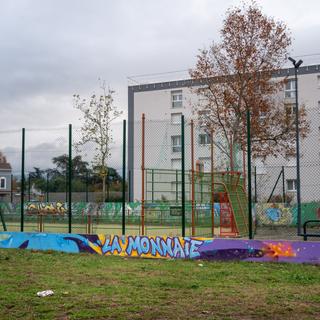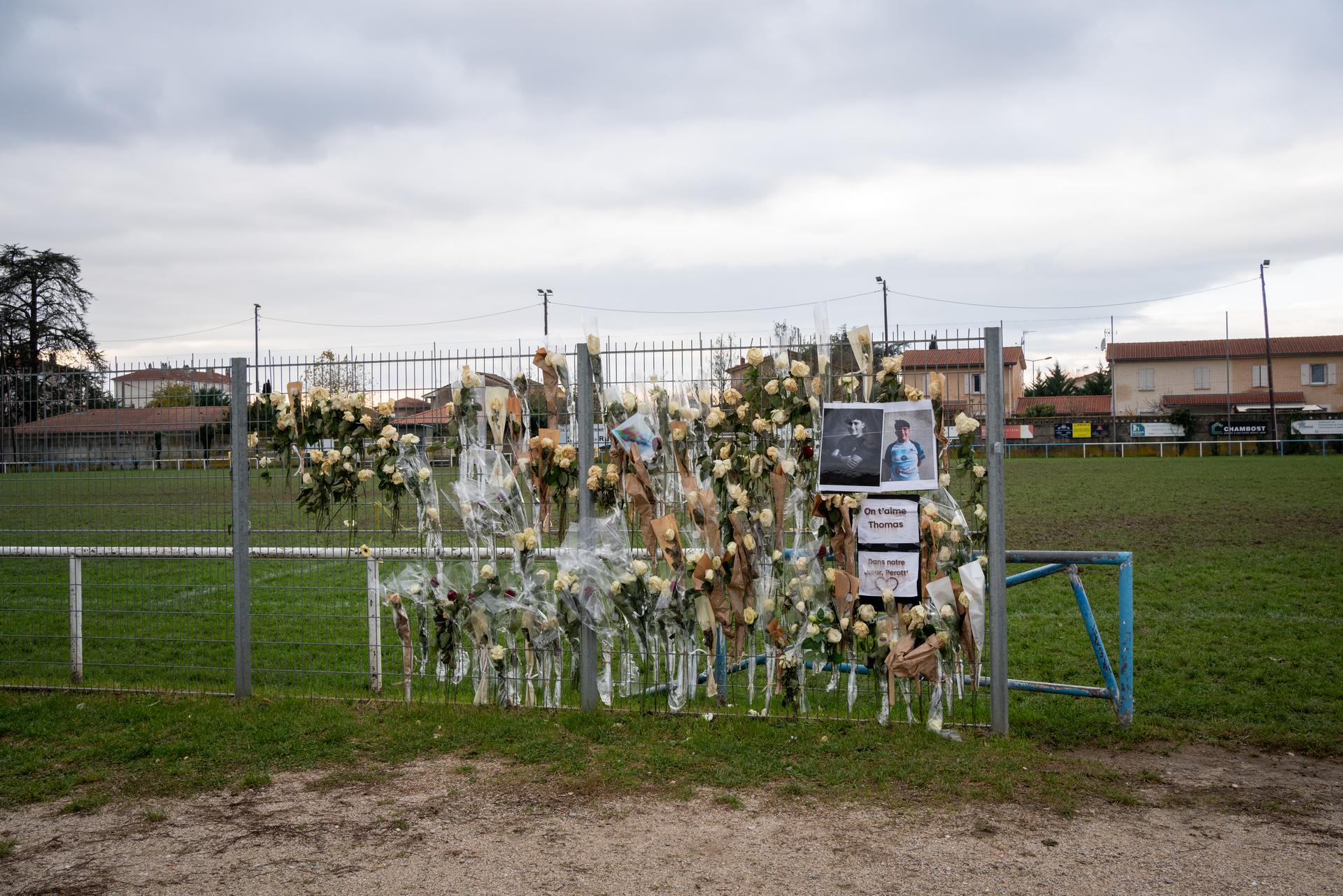


After the killing of a teenager, a chasm opened in a French town
FeatureThe deeply divided town of Romans-sur-Isère is reeling from the death of a 16-year-old at a party in a neighboring village, which sparked a national debate. In the deprived Monnaie neighborhood, fractures have only gotten wider in the aftermath.
This is the story of a group of young boys completely out of control, roaming the gloomy streets of a neighborhood the size of a market town, unchecked by their parents, their older siblings, the police, the town hall, or community organizations. The story of a long-standing and deep-rooted ghettoization, affecting a handful of blocks of flats housing 4,000 people. It is the story of a downward spiral and a collective capitulation that led to tragedy.
The story of the Monnaie district of the town of Romans-sur-Isère, in southeastern France, came to light with the indictment of nine young men – six adults and three minors – from the neighborhood, suspected of being involved in a violent brawl at the end of a village fête in neighboring Crépol – during which Thomas Perotto, a 16-year-old high school student, was fatally stabbed.
The courts must now determine individual responsibility and whether the attack was premeditated. They must examine whether racist insults were used, as reported by nine witnesses out of more than 100. And they must determine whether the attackers were acting as part of an "organized gang," as suggested by the prosecutor.
But for many locals, these questions seem to already be settled, due to the area's reputation. For them, there is no dispute over whether the accused are members of a gang, and the fact that they come from Monnaie is a given. It has long been a hotbed of unrest and violence. "My 16-year-old son was friends with Thomas at rugby. He said to me, Dad, it's always the same guys," said David Guillon, a rugby coach at the club where Thomas played, who is also an elected representative for the Greens, and the head of a specialized prevention service.

This community leader, who works to provide housing for disadvantaged people, cannot hide his sense of horror at the events. "I'll be haunted for life by the image of those 16-year-olds around Thomas' coffin. Integration has failed. You don't have to be a scholar like [famed French sociologist] Bourdieu to recognize that when you cram the world's poverty into one place, you create a difficult, unmanageable situation. Until now, when trouble flared up, it stayed within Monnaie. The Crépol tragedy shows that no one is immune to a form of violence so intense that, for the first few minutes of the confrontation, many young people thought it was a terror attack."
In Le Dauphiné Libéré, the regional newspaper, the articles devoted to Monnaie over the last few months, even years, have been strikingly similar. The pattern is almost always the same: a car is stolen, set on fire, and then young people throw stones at the police who intervene, or even at the fire brigade. In the last six months alone, there have been seven incidents of urban violence, often instigated by a group of around 15 hooded individuals... November 12. October 28. October 10. October 1. September 29. August 29. August 24.
You have 85% of this article left to read. The rest is for subscribers only.
